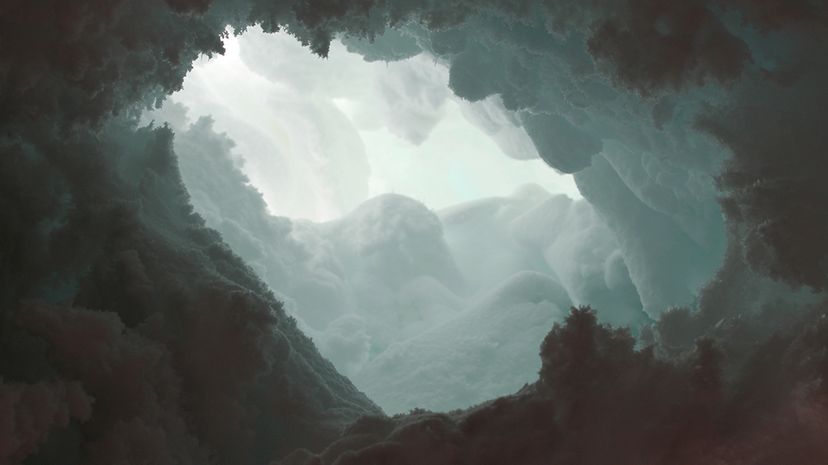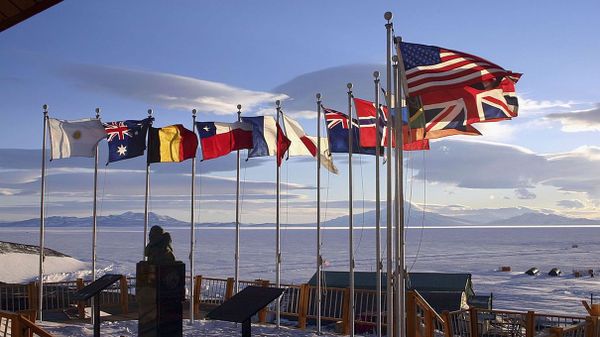
Aboveground, Antarctica appears barren and sterile. But tucked within warm pockets of volcanic ice caves, diverse plant and animal life may flourish. Steam and gas spewed by active volcanoes at Mount Erebus on the continent's Ross Island, and at three volcanoes on nearby Victoria Land, have carved out heated oases in ice domes, towers and cave systems.
"The caves are covered with ice, and there's ice all around, but some are as warm as a summer's day — over 20 degrees Celsius [68 degrees Fahrenheit]," Ceridwen Fraser from Australian National University's Fenner School of Environment & Society tells HowStuffWorks via email. "In most, it's pretty dark as not much light gets through the thick ice, but in others, where ice cover is thin, light can filter through."
Advertisement
It's in these caves that Fraser's research team collected soil samples that yielded the DNA of dozens of plant and animal species. Most of the DNA collected from the caves match with species of, say, moss, algae and nematodes already detected at other sites on the continent. But Fraser says the team also identified genetics of life that may be unique to the unusual environment of the volcanic ice caves.
"There were some sequences that didn't make a close match to DNA in online databases ... which makes me wonder if there might be species that are specially adapted to the caves and found nowhere else," Fraser says. "It opens up the doors to some exciting discoveries about biodiversity in Antarctica."
While the DNA captured from the volcanic areas did not conclusively prove that the sites host living forms of the plants and animals, the samples nonetheless offer a tantalizing glimpse into what forms of life might live there. The researchers' next step will be to find direct evidence — namely, the life itself — in samples.
Advertisement

